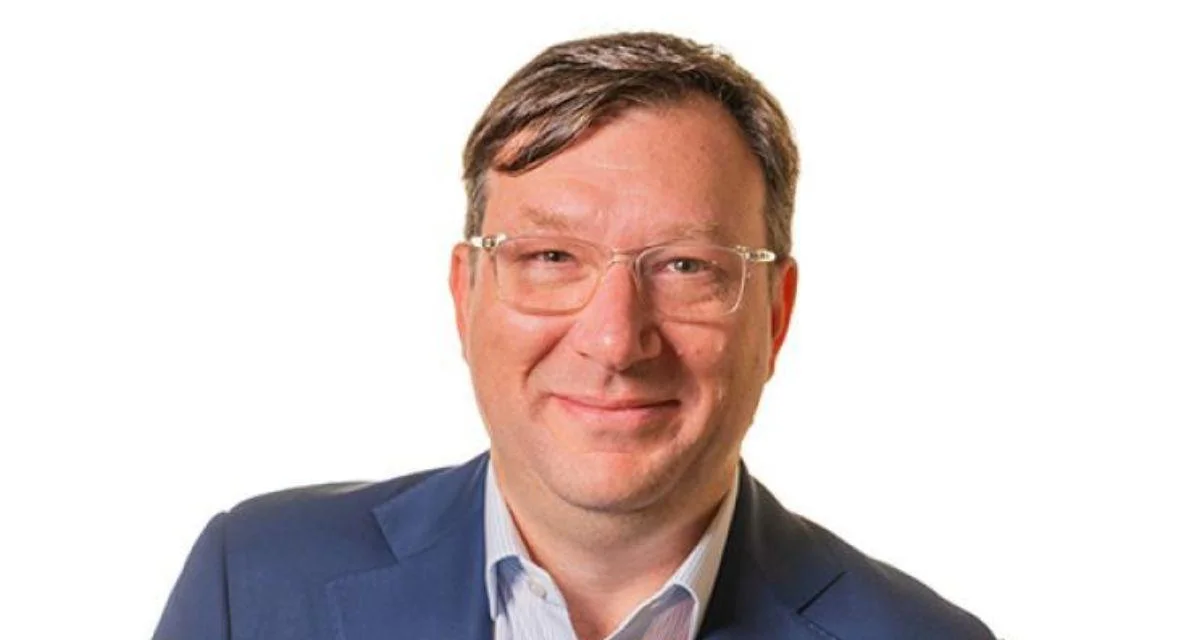Following a successful first year, Howden Re and Moody’s have launched the second phase of their early careers exchange programme. This initiative aims to address data and modelling gaps across reinsurance and vendor platforms amid growing climate risks and demand for catastrophe modelling.
Myrto Papaspiliou, Head of Catastrophe Model Research at Howden Re International, emphasized the program's focus on embedding analytical excellence into collaborative problem-solving. "We’re building joint expertise that feeds directly into better risk understanding for clients," she said.
The decision to renew and expand the exchange follows last year's pilot success. Papaspiliou noted that full integration of secondees in each other’s teams was key to this success. The participants gained hands-on experience with data ecosystems and methodologies, enhancing trust-building and productivity.
Last year, Moody’s secondees significantly contributed to Howden Re's event response capabilities following major flood events in Europe. They developed detailed views of risk using complex meteorological and historical loss data.
Massimo Reina, CEO of Howden Re International, stated that continuous innovation is needed in the reinsurance industry to address the expanding protection gap. He highlighted collaboration as essential for developing cross-sector solutions.
This year, the programme expands geographically with secondments in London, Zurich, and Prague. In London, Moody’s analysts will join Howden Re’s Catastrophe Model Research team on significant projects contributing to global catastrophe risk assessments.
A new exchange between Howden Re’s Prague team and Moody’s Zurich team aims to deepen understanding of analytical capabilities while providing insight into the reinsurance cycle.
Papaspiliou explained that they are placing people where they can learn most and contribute meaningfully. The expansion aligns with client demands for greater transparency in catastrophe modelling as reinsurers refine their views of risk amid volatile event patterns.
"Ultimately, the programme is about building a shared language of risk," Papaspiliou said. "When we understand each other’s systems and challenges, we can build better tools, faster responses, and more client-focused solutions."

